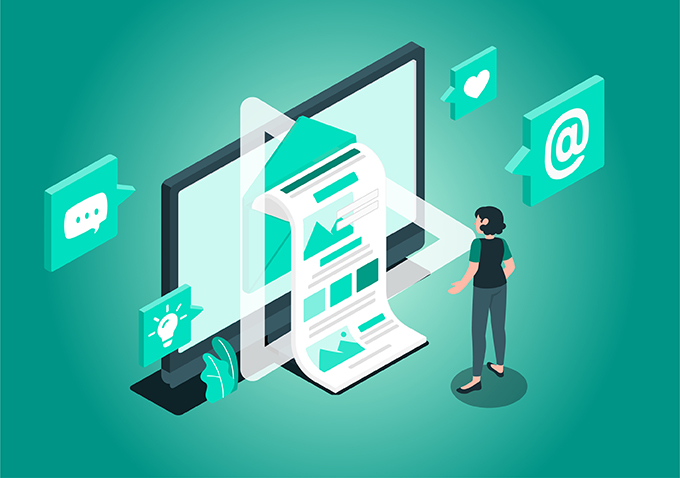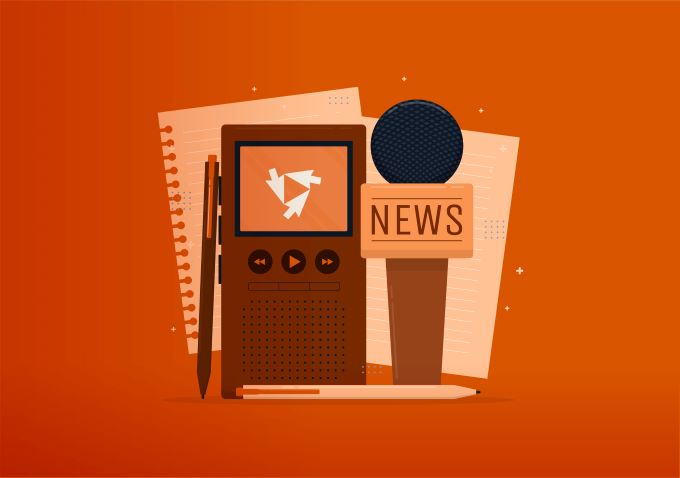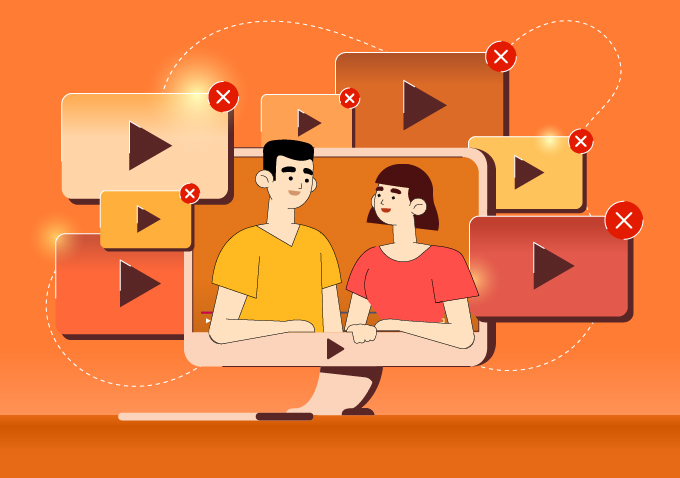

Five Reasons Newsletters Still Work
Believe it or not, newsletters are still effective

Written by Romario Kosasih | Graphics by Gisele Suroto
In today’s social-first approach, many have since dismissed the humble newsletter. However, with more than four billion users worldwide, email and newsletters are still one of the most effective ways to connect directly with your audience.
Newsletters are put out regularly — daily, weekly, biweekly, or monthly — to inform subscribers about something, what is happening in your industry or business, news about something or even just what’s on in your area. The idea is to fill them with useful information and establish yourself as a credible and trustworthy source.
Here are five reasons why email and newsletters are still beneficial today:
- It is a non-spammy way to connect with your audience
Everyone agrees that being bombarded by advertising and marketing content on social media can be annoying; you have no control over it. This is what differentiates newsletters. Your audience needs to subscribe (if you’re doing it correctly and not adding people without their consent), meaning they want to hear from you. People won’t share their email address with someone that doesn’t provide any value, right?
With newsletters, your audience is already there and is waiting for your message. Your only concern is to create content that is valuable to them. For brands this can be a challenge, but it’s quite simple. Imagine yourself in your customer’s shoes and think about what they might want to know in relation to your brand. Try not to be promotional, more informative is better.
“Basically it’s an effective way to directly communicate with clients without being intrusive. Email newsletters will continue to be a top choice for brands to communicate with their audiences,” says Chrissa Mahtani, our Digital Content Director.
- Allows you to be engaging and personal
In our list of 2022 content marketing trends, we discussed personalisation. 71% of potential customers say that personalised emails influence their decisions on whether they will continue reading branded emails or not.
In its simplest form, personalisation can be achieved by greeting your subscriber by their name in the email. A more sophisticated approach could be to give special promo codes that can be used throughout your subscriber’s birthday month to purchase your service or product based on their shopping history.
- Easy, effective and cost-efficient
Did you know that 81% of users check their emails at least once a day? This increases the likelihood of your email newsletters being seen and reaching more people. Most people who opt-in for email newsletters and marketing said that they found the information somewhat or very useful.
You can do newsletters in-house with minimal effort, especially if you are like us here at Click2View, who started our “Content Weekly” newsletter in 2018. After four years of churning content every week, we got the rhythm down, and it works like a well-oiled machine.
Regarding cost, newsletters require a mail automation platform like Mailchimp to be distributed to your subscribers. The cost varies, depending on the number of emails in your subscriber list. But one thing is certain: it is far less expensive than having an amplified/paid Facebook campaign.
“Email newsletters are a tried and tested way to communicate. They’re inexpensive, easy to consume, non time consuming, and allow for a custom branded way for communication materials to be packaged,” says Chrissa.
- Easy to measure
With a platform like Mailchimp, you have access to delivery rates, unsubscribe rates, bounce rates, click-through rates, and open rates. This information provides valuable insights into how your newsletters are performing. For example, when you realise you have a low open rate, you could try to change the subject line, doing A/B testing in the process.
We tried to change the frequency of our newsletter a while back to fortnightly. It didn’t work. After open rates dropped, we switched back to the weekly schedule.
- It can be repurposed
LinkedIn remains the go-to platform for B2B content, so in August this year, we started to publish our email newsletters on LinkedIn. The result? We reached 100 subscribers on the first day alone, which took months to surpass with email.
Why? On LinkedIn, you can repost and reshare a newsletter with your network with a click of a button, and they can start subscribing by clicking the subscribe button. With an email newsletter, customers still have to type in their email address. While this may not seem like a big deal, in today’s fast-paced world, people are looking for content they can access as conveniently and quickly as possible.
“Remember to have a consistent tone of voice and schedule; do not overstuff the newsletter. Keep it short, succinct, and visually appealing, adhering to one’s brand guidelines. Not doing so will often lead to a high unsubscribe rate,” says Chrissa.
A newsletter is still one of the most frequent pieces of content produced in B2B marketing. A Content Marketing Institute survey found 81% of marketers utilised newsletters as part of their B2B content marketing strategy, so newsletters are here to stay for the foreseeable future. And when done right, they can be very effective and cost-efficient.
Read more from Click2View:
- Kill Your Darlings, They’re Just Words
- Deepfakes, Elon, and the Future of Celebrity Endorsement
- Writing and Illustrating with an AI
- Podcast: The Upward Trajectory
Sign up to our newsletter for a weekly update on the latest content marketing news. Don’t forget to subscribe to our YouTube channel too!
Click2View is Southeast Asia’s premiere full-service independent B2B content marketing agency servicing clients like Microsoft, Google, Visa, Prudential, and the Lee Kuan Yew School of Public Policy.








